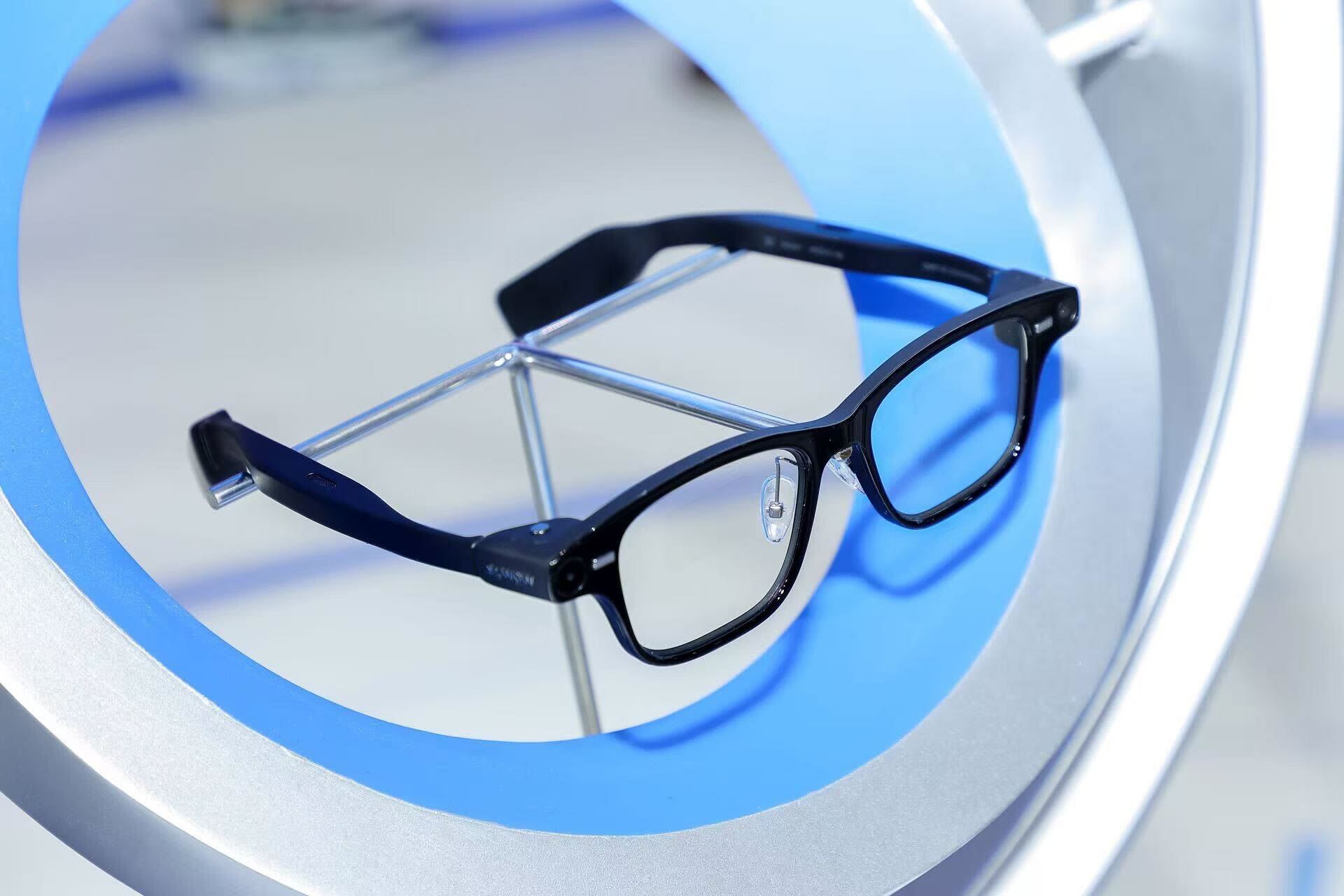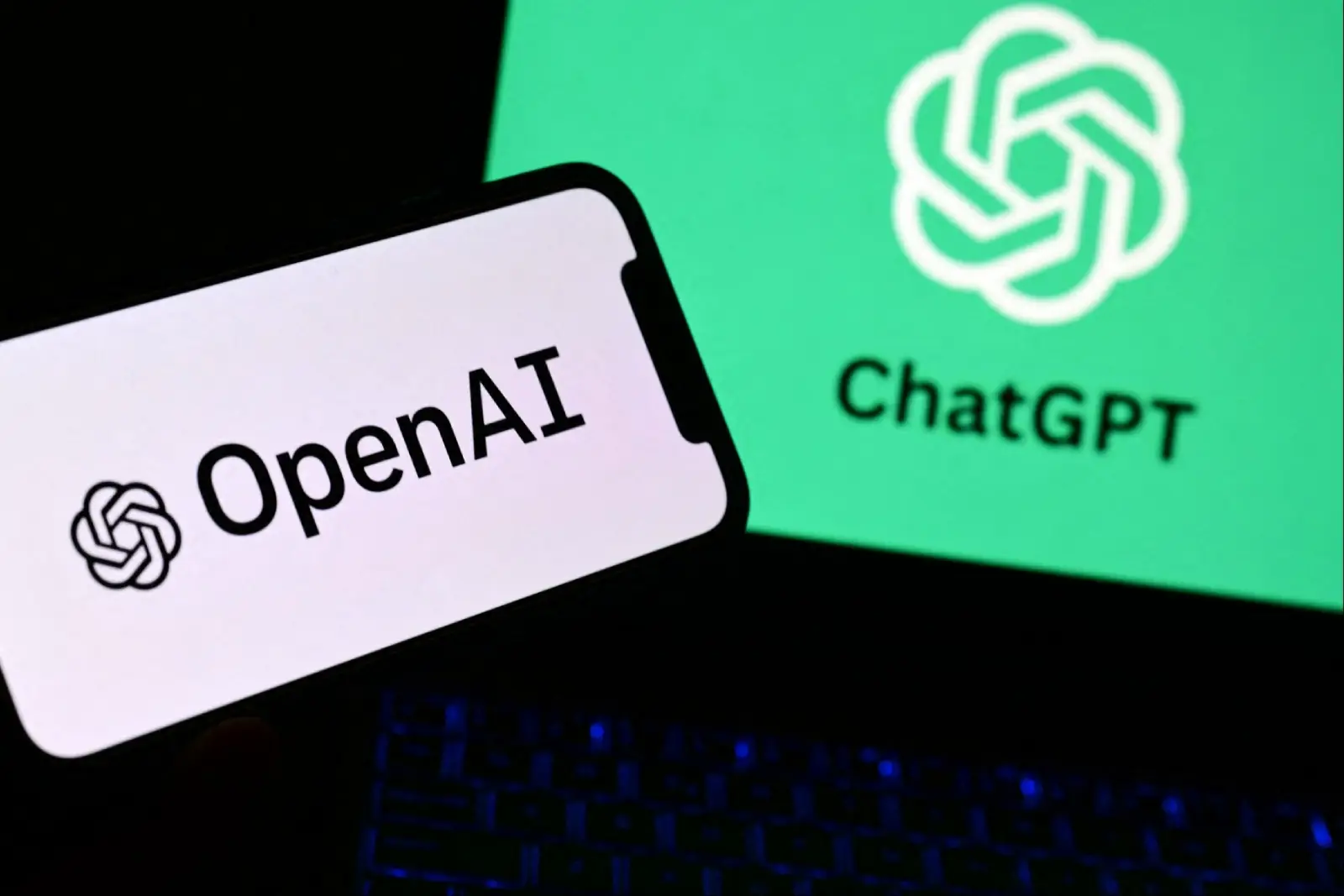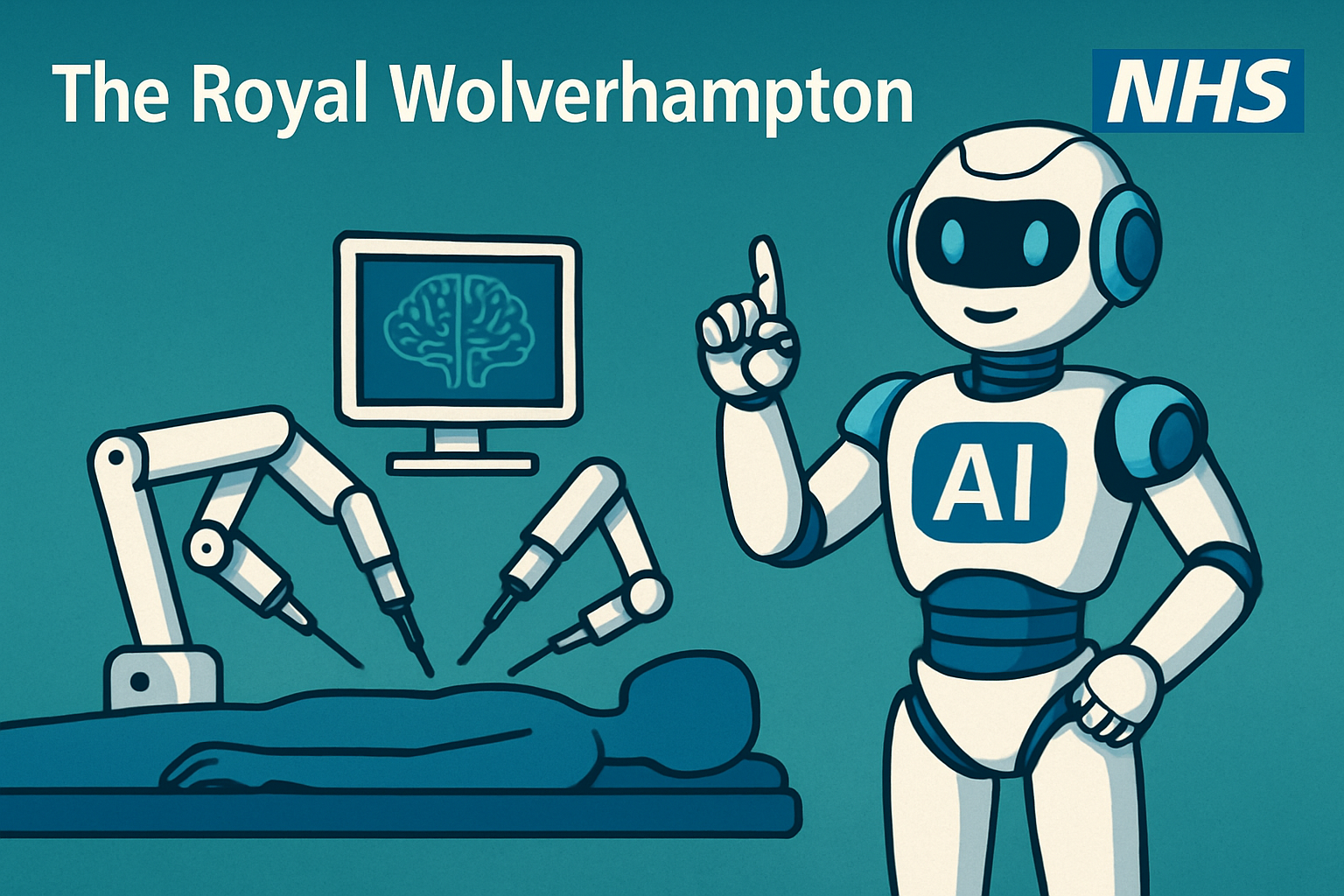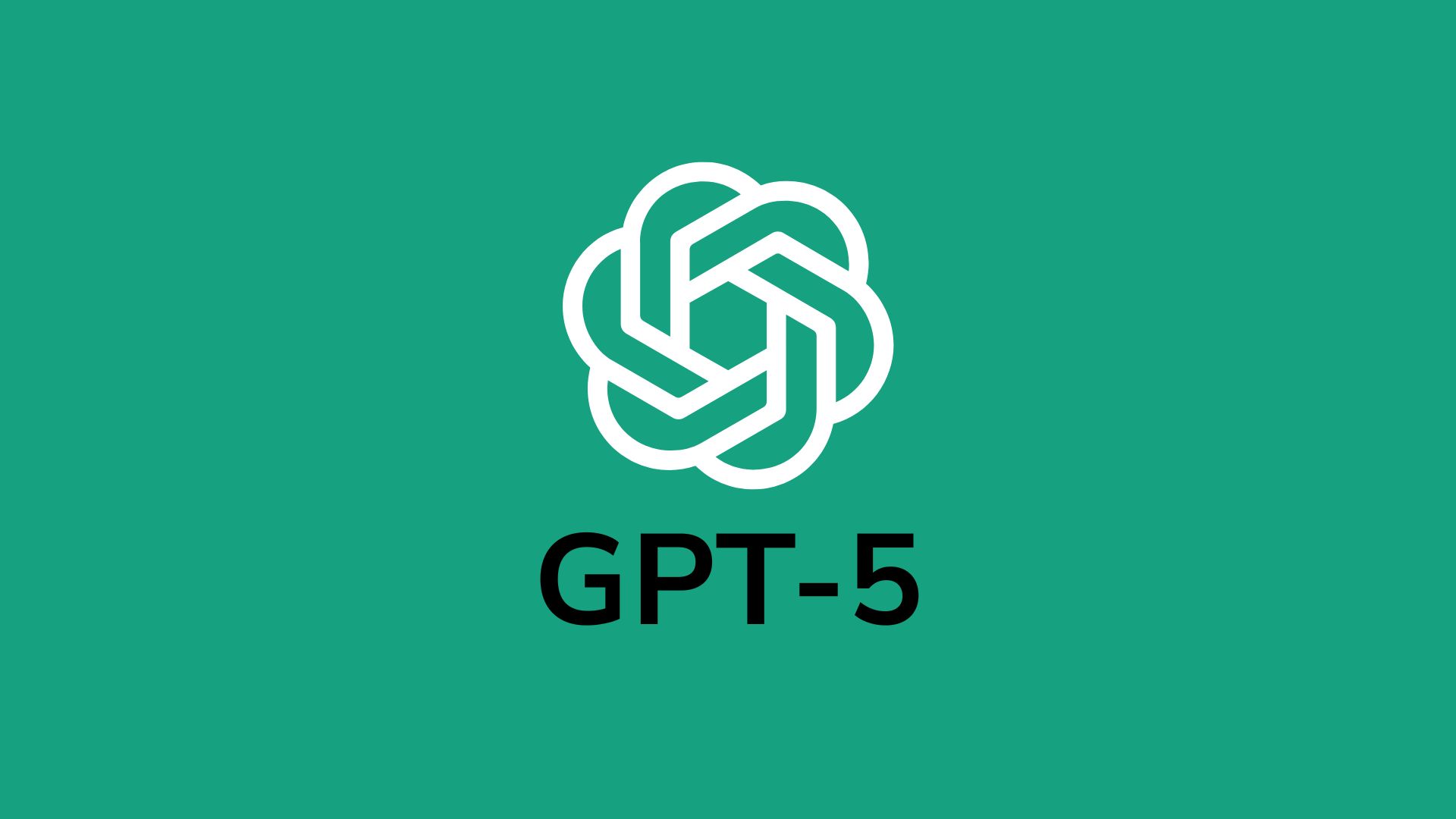HTC has entered the increasingly competitive world of AI-powered smart glasses with its newly unveiled Vive Eagle. Once a smartphone giant, the Taiwanese company is now betting on wearable tech to reassert itself against rivals like Meta, Google, Samsung, and Apple, all racing to define the next big computing platform.
The Vive Eagle is available only in Taiwan, priced at around $520. Lightweight at just 49 grams, the glasses combine style with function, offering Zeiss sun lenses and frames in multiple colours.
However, their built-in Vive AI voice assistant sets them apart, and it can translate text into 13 languages by pointing the wearer’s gaze. Users can also set reminders, take notes, and even get restaurant recommendations, features modelled to compete with existing rivals.
Meta, the most visible player in this space, has already established global sales with its Ray-Ban smart glasses and is now working on advanced ‘super-sensing’ technology to identify people, places, and objects in real time. Apple, meanwhile, is quietly preparing its entry, with reports suggesting smart glasses powered by Apple Watch–grade chips and integrated Siri, which are expected to debut around 2027.
Google has showcased how its Gemini AI could merge seamlessly with smart wearables, demonstrating live translation, navigation, and object recognition during a TED 2025 preview of its Android XR platform. Samsung, too, is preparing its Project Haean glasses, designed for comfort, gesture control, and fitness tracking, powered by Qualcomm’s latest XR2 Plus Gen 2 chip.
For HTC, the challenge will be to break through this crowded field. While Vive Eagle’s translation and assistant features offer practical appeal, its limited release in Taiwan raises questions about whether HTC intends to scale globally or remain a niche player in its home market. In a sector where timing and reach are everything, the company’s next move will determine whether the Eagle soars or struggles to leave the nest.
Would you like to learn more about AI, tech and digital diplomacy? If so, ask our Diplo chatbot!










